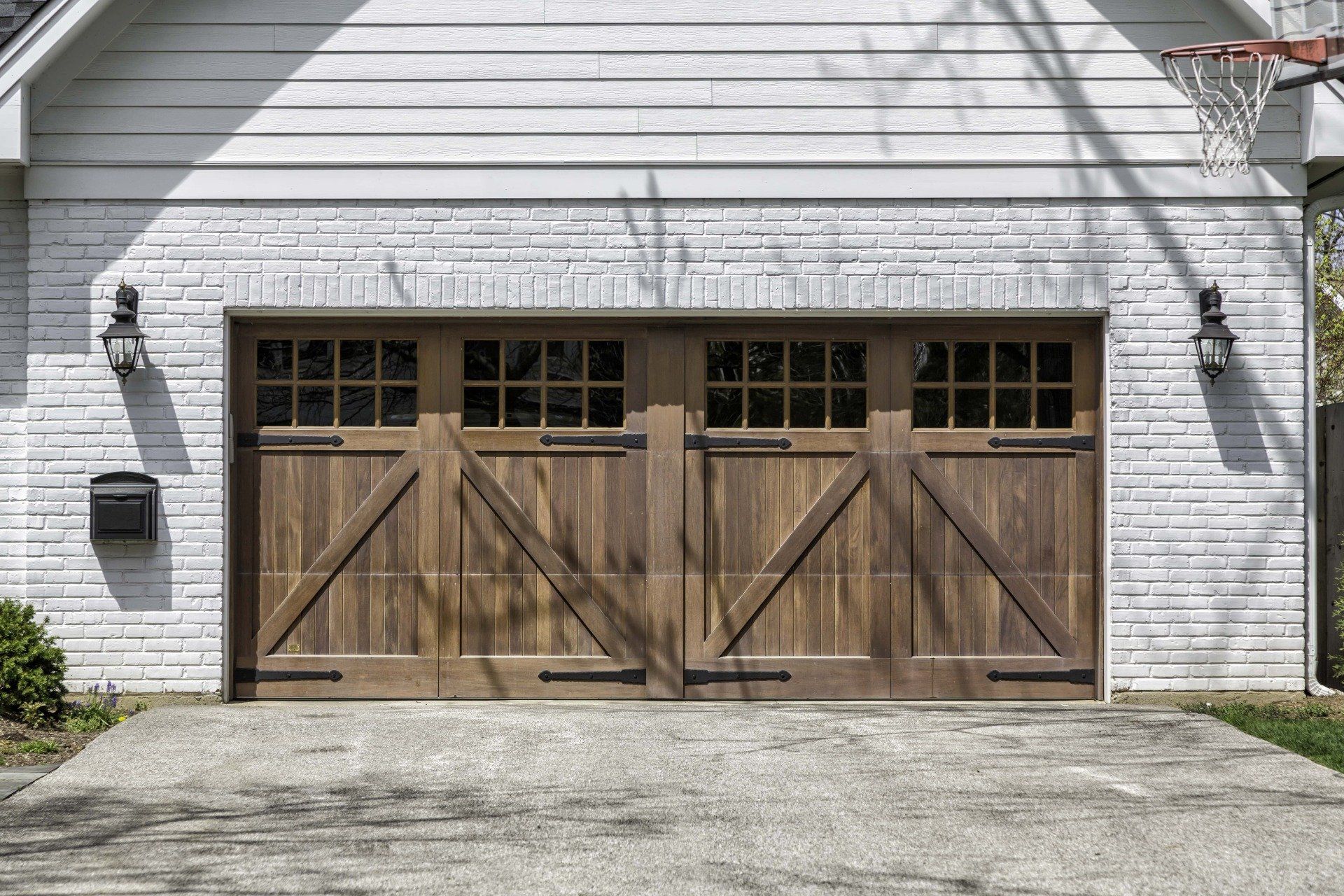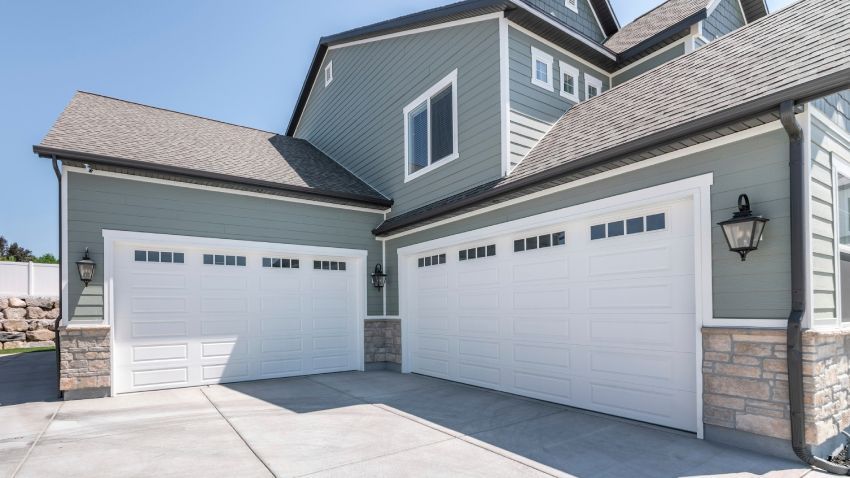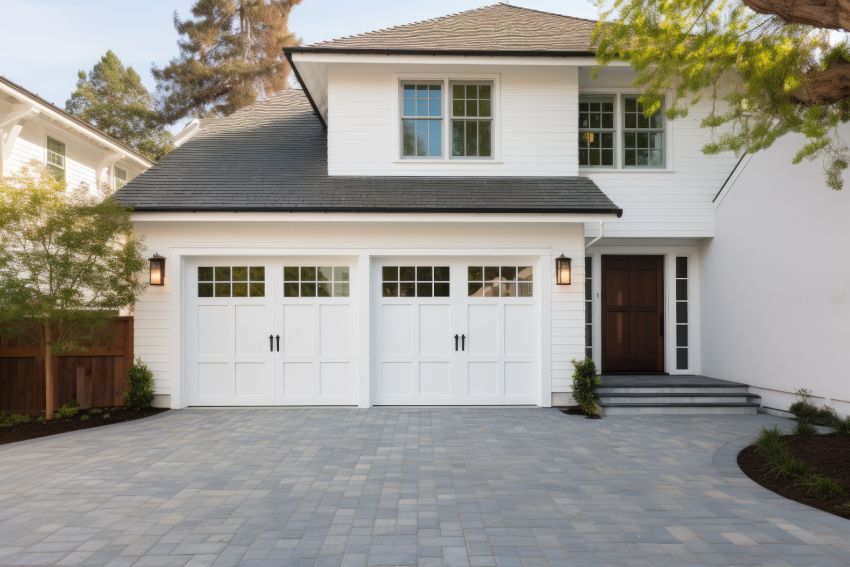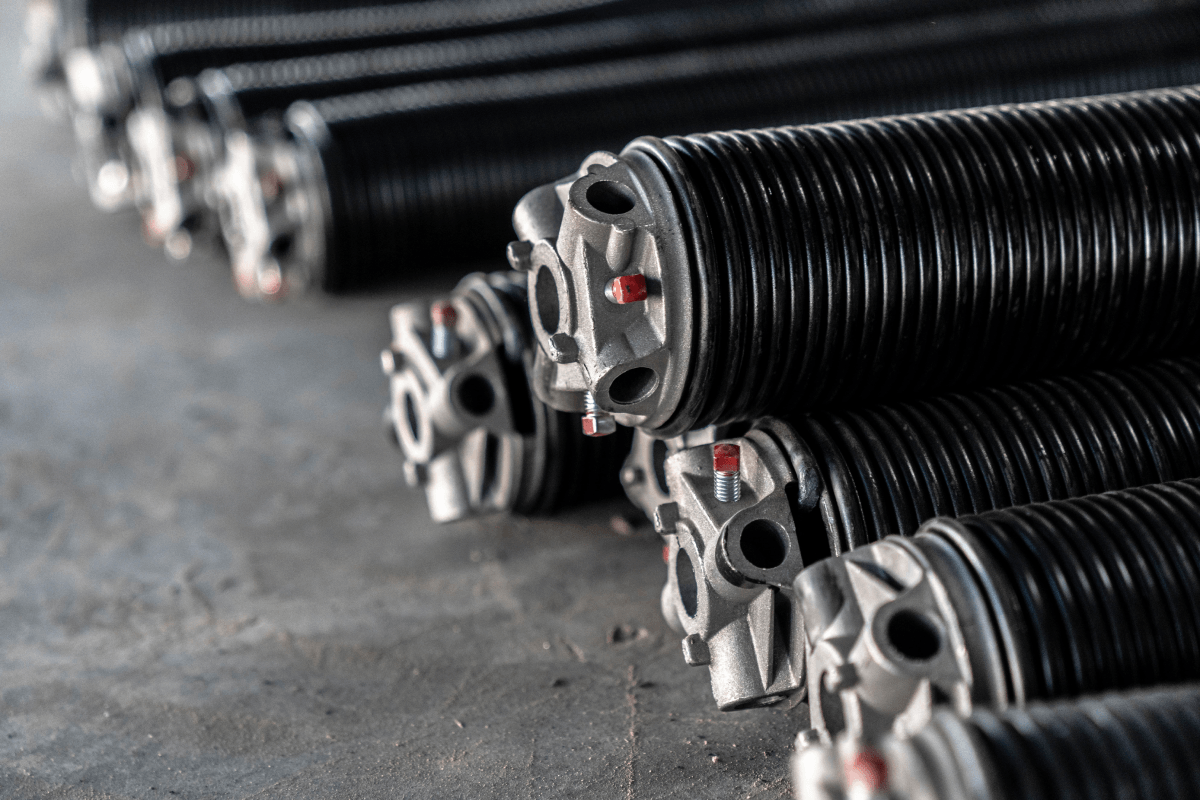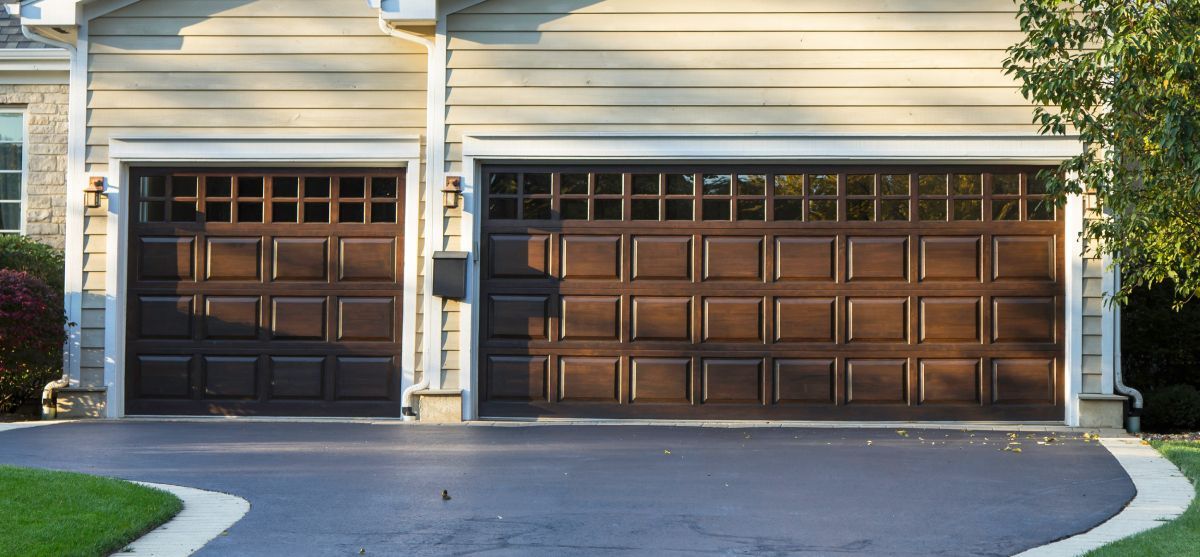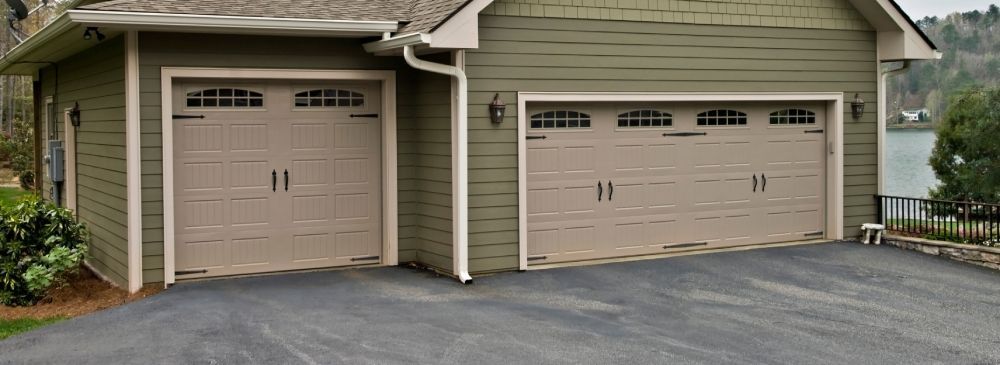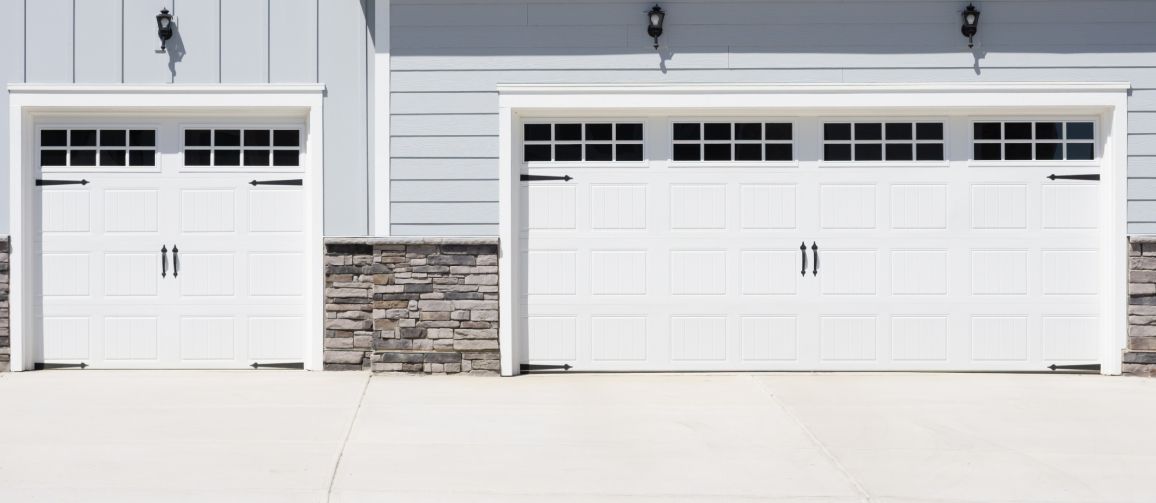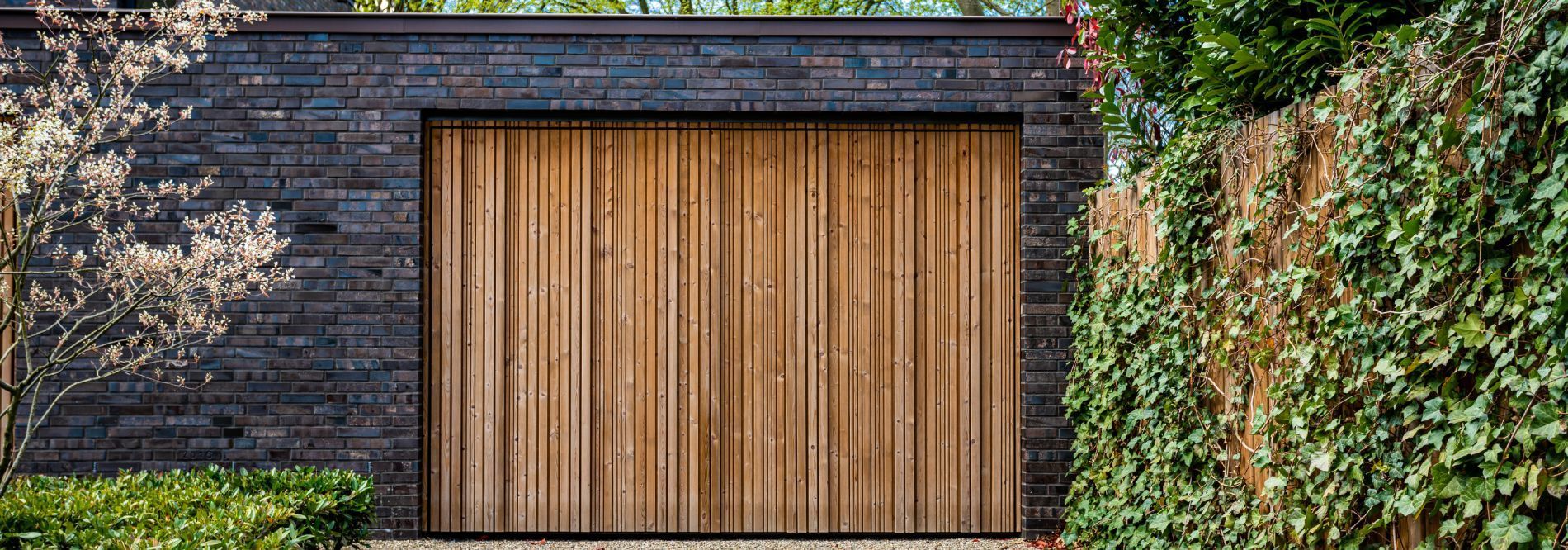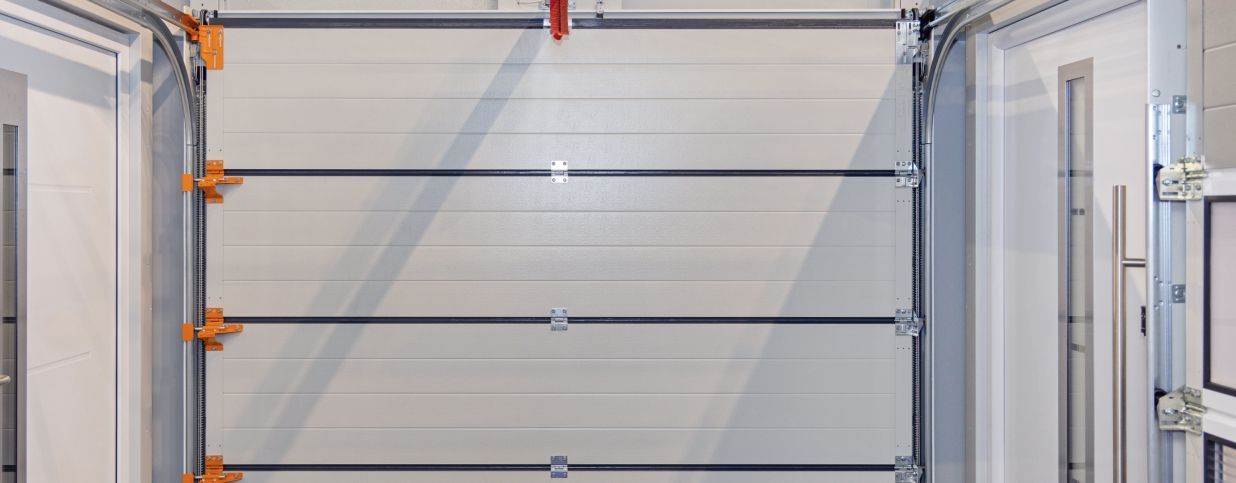Toughest Issues Arising From DIY Garage Door Repairs
By Jim Hatley, September 30, 2025
Your garage door is integral to home maintenance, but is frequently ignored until there's a problem. Although DIY garage door repairs may seem like a good option for those who love doing things themselves at home, some repairs are intricate and possibly dangerous, too. When handled without professional knowledge, we have witnessed how minor problems turn into major ones. In this blog post, we will discuss the most complex issues arising from DIY garage door repairs and why calling a professional is usually a safer and better option.
Common Garage Door Transmitter Problems
A faulty transmitter is one of the most common garage door problems a homeowner can face. While some issues may be remidied with simple DIY fixes, others require professional garage door repair to be handled safely and correctly. Below are the top five transmitter-related problems and what they mean for your system.
Dead or Weak Batteries
The most common cause of a garage door opener not responding is a drained or dead battery inside the remote. This simple issue can be resolved with a quick replacement, but when the problem continues, it often points to other faults.
- A door opener may appear to work, but if the batteries are weak, the signal won’t be strong enough.
- Some homeowners replace batteries but overlook worn springs or cables that may also cause failure.
- If the garage door won’t open after battery replacement, it’s best to call a garage door professional to check for deeper problems.
Even simple garage door fixes should never be ignored, as what looks minor can lead to a broken spring or other costly damage.
Frequency or Signal Interference
Sometimes the transmitter has power, but the signal doesn’t reach the opener because of interference. This can leave a garage door stuck halfway or cause it to reverse unexpectedly.
- Frequency disruption from nearby devices can block or weaken the signal.
- Misaligned sensors or dirty photo eyes may prevent the door from closing properly.
- Safety features built into every door can cause it to stop suddenly when interference is detected.
If your door reverses often or the transmitter isn’t working consistently, you may need to call a garage door repair technician who has the right tools to identify the source of interference.
Engaged Lock Button or Keypad Not Synced
Another overlooked issue is an engaged lock feature or a keypad that isn’t synced correctly. In these cases, the garage door won’t open even though the transmitter is sending a signal.
- The lock button on wall units can accidentally be pressed, keeping the door from moving.
- A keypad that isn’t programmed properly makes the opener unresponsive.
- Homeowners may think the transmitter is broken when, in fact, the system just needs a reset.
While certain repairs may fix the issue, if the keypad still isn’t working, it’s best to call a garage door professional to avoid further DIY repair mistakes.
Faulty or Misaligned Photo Eye Sensors
Photo eye sensors are critical safety components, and when they aren’t working, the door may refuse to close. This is one of the most common garage door repairs linked to transmitters.
- Dirt buildup on safety sensors can block the beam, making the door reverse.
- A misaligned photo eye may send false signals to the opener.
- Cleaning and applying a garage door lubricant to the surrounding moving parts may fix minor issues.
If the sensors continue to malfunction, always call for professional garage door repair instead of attempting risky DIY repair.
Damaged Internal Wiring or Components
Internal wiring inside the transmitter can fray or become disconnected over time, making the system unreliable or completely unresponsive.
- Frayed cables can interrupt signals between the transmitter and the door opener.
- Mishandling internal wiring without training may cause serious injury or permanent damage.
- A repair technician can test components safely and correctly to confirm if replacement is needed.
Because springs hold hundreds of pounds of tension, and wiring connects to high-tension systems, homeowners should never attempt to repair these parts without the right tools and training.
Fixing a Garage Door Off Track
A garage door that slips off its track is a serious issue that can quickly become dangerous. While some homeowners try DIY repair, working on garage doors without the right tools and training may cause serious injury or costly damage. These are the three most common causes of an off-track door, along with the risks they bring.
Misaligned Tracks
When tracks are out of line, the door won’t open or close smoothly. This puts extra strain on rollers, hinges, and other moving parts.
Risks:
- The garage door track may bend under pressure, making the system unstable.
- Misaligned tracks can cause the door to jam or tilt to one side.
- DIY attempts to tighten or realign parts often make the damage worse.
Solution:
- A garage door professional can safely and correctly realign the tracks to restore smooth movement.
Worn or Damaged Rollers
Rollers carry the heavy weight of every door, and when they wear out, the system becomes unbalanced.
Risks:
- Worn rollers may grind against the rails, creating loud noises and friction.
- Failing to lubricate nylon rollers accelerates wear and tear.
- A roller that breaks free can cause the door to slip completely off track.
Solution:
- Professional garage door repair includes replacing rollers and applying the right garage door lubricant to extend their lifespan.
Frayed or Broken Cables
Cables work with springs to hold hundreds of pounds of tension. When they fray or snap without warning, the door may drop suddenly.
Risks:
- A broken cable can cause the door to slam shut, potentially trapping someone stuck inside.
- Mishandling these parts during DIY repair may result in serious injury.
- Ignoring worn cables places stress on other components, like the hinges and track.
Solution:
- Always call a garage door professional for cable replacement. A repair technician has the right tools and training to handle high-tension parts safely.
Tri-Lakes Garage Doors technicians are skilled at realigning and fixing tracks so that your door works correctly and doesn't pose any danger. Consider calling us instead of trying this DIY garage door repair.
Garage Door Roller Repair
When rollers become old or damaged, they can cause the door to operate noisily and with imbalance. Although changing rollers may seem simple, if you do it incorrectly, it could result in larger problems like having your door come off its tracks. Tri-Lakes Garage Doors pays attention to detail and utilizes top-quality parts, making sure the rollers are installed properly. This helps extend your door's life and improve how it works.
Changing Garage Door Torsion Springs
A garage door spring is one of the most critical components in the system. It holds the tension needed to lift and lower the door safely. When a spring breaks, the garage door isn’t working properly and may slam shut without warning. While some homeowners think about trying to fix this repair themselves, torsion springs are under high pressure and can cause serious injury.
Here’s what to know about safe spring replacement.
Step 1: Identify the Problem
Signs of failing springs often include jerky or uneven door movement, a garage door stuck in place, or even a loud bang when the spring snaps. In some cases, other parts like garage door cables may also be strained or damaged when the spring fails.
Step 2: Prepare the Door
Before replacement, the door must be secured so it doesn’t move. This includes disconnecting the opener, clamping the tracks, and ensuring safety precautions are in place. Professionals also inspect the weather seal and other connected parts during this stage to catch small issues before they grow.
Step 3: Release Spring Tension
This step is the most hazardous. Torsion springs are tightly wound and can release hundreds of pounds of force if mishandled. Releasing the pressure without the right tools is extremely dangerous and should never be attempted as a DIY repair.
Step 4: Replace Springs and Related Parts
Once tension is released, the damaged torsion spring is removed and replaced with a properly sized spring. At the same time, technicians may check or replace garage door cables to keep the system balanced. Ignoring related issues can lead to more damage, such as cracked panels or doors that won’t close securely.
Step 5: Test and Maintain
After new springs are installed, the door is tested to ensure it can open and close safely. This stage may also include lubrication, inspection of moving parts, and checking the weather seal for drafts. Regular garage door maintenance can extend the life of springs and even support better insulation by keeping the door properly sealed.
Although the process can be described in steps, each stage carries risks. A trained repair technician has the knowledge, tools, and safety procedures to handle spring replacement safely and correctly. Choosing professional service not only prevents injuries but also gives you peace of mind that your garage door system will run reliably and last longer.
Contact Garage Door Repair Technicians in Colorado
At Tri-Lakes Garage Doors, we offer dependable and top-quality service that guarantees your garage door is repaired correctly and with safety measures in place. Instead of taking risks with DIY garage door repairs, contact us today. You will find a team of professionals ready to provide solutions that suit your requirements in the best possible way.

